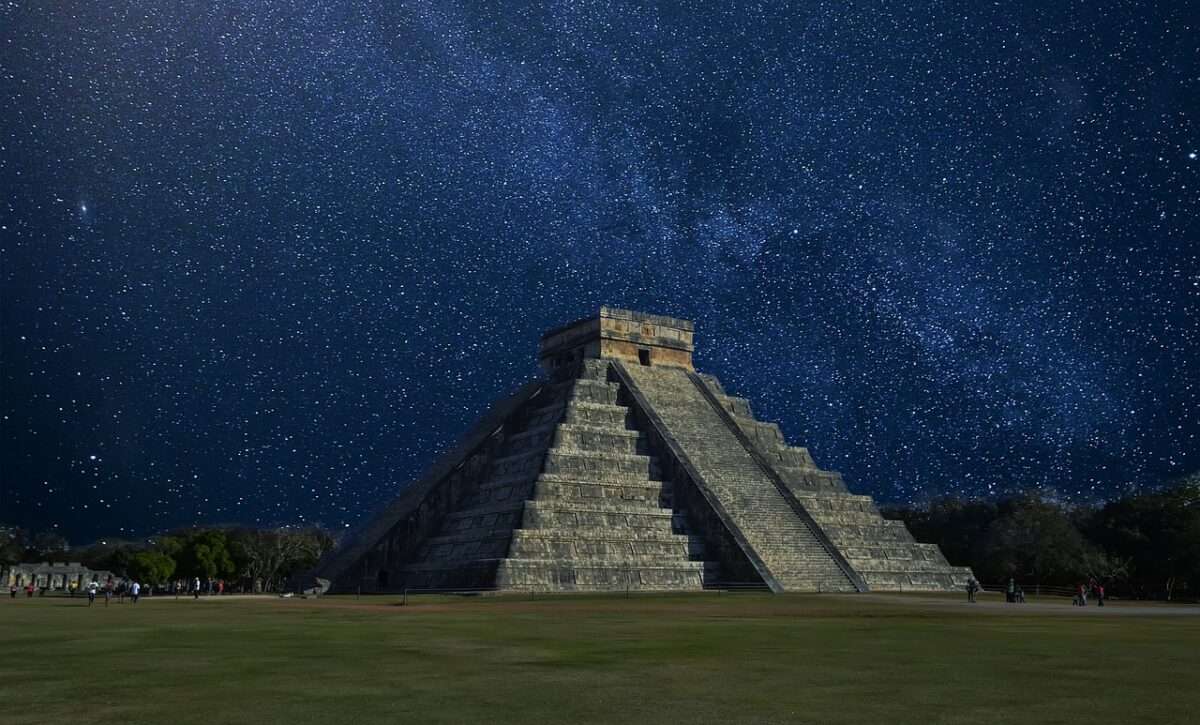
Mesoamerican pyramids are among the most fascinating and impressive architectural structures in the world. These pyramids were built by ancient civilizations that existed in the region that is now known as Mexico and Central America. These civilizations include the Olmec, Maya, Teotihuacan, Toltec, and Aztec, all of which flourished from around 1500 BC to AD 1521.
Mesoamerican pyramids were used for a variety of purposes, including religious ceremonies, astronomy, and as burial sites for rulers and other important figures. In many cases, the pyramids were built on top of earlier structures, creating layers of history that can still be seen today.
Perhaps the most well-known Mesoamerican pyramid is the Pyramid of the Sun, located in Teotihuacan, Mexico. This pyramid was built around 200 AD and stands at over 200 feet tall. It is one of the largest pyramids in the world, and its size and grandeur are a testament to the advanced engineering and building skills of the Teotihuacan people.
The Maya civilization, which flourished from around 250 AD to 900 AD, also built impressive pyramids. The most famous of these is the Pyramid of Kukulcan, located in Chichen Itza, Mexico. This pyramid was built in the 9th century AD and is notable for its unique design, which includes four staircases that each have 91 steps, plus one final step at the top, bringing the total number of steps to 365, one for each day of the year.
The Aztec civilization, which existed from the 14th to the 16th century AD, also built impressive pyramids. The most well-known of these is the Templo Mayor, located in Mexico City. This pyramid was built in the 14th century AD and was the centerpiece of the Aztec capital of Tenochtitlan. The temple was dedicated to two gods, Huitzilopochtli, the god of war and the sun, and Tlaloc, the god of rain and fertility.
In addition to their impressive size and design, Mesoamerican pyramids were also decorated with intricate carvings and sculptures. These carvings often depicted scenes from mythology and religion, as well as portraits of rulers and other important figures.
Today, many Mesoamerican pyramids have been partially or fully restored, allowing visitors to see them as they would have appeared in their heyday. These structures are not only impressive feats of engineering and architecture, but they also provide a window into the rich history and culture of the ancient civilizations that built them.
Comments